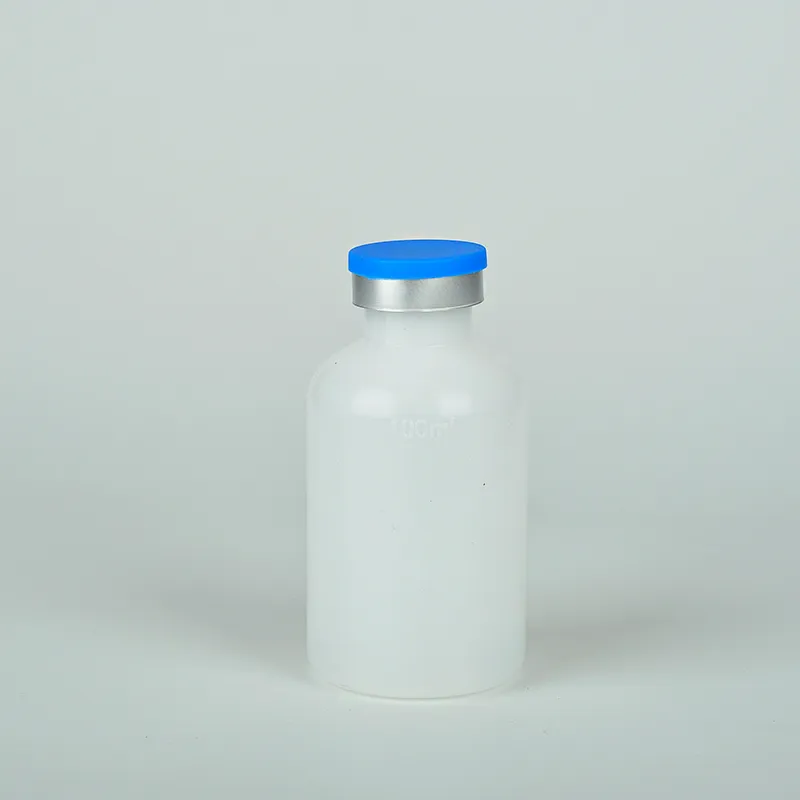https://www.wahmg.com/)">
petri dish vs plate
petri dish vs plate
Petri Dish vs. Plate A Comparison in Microbiological Practices
Petri Dish vs
. Plate A Comparison in Microbiological PracticesA Petri dish, named after the German bacteriologist Julius Richard Petri who invented it in the late 19th century, is a shallow, cylindrical, flat container made from glass or clear plastic. It typically consists of a lid and a base, providing a controlled environment for the growth of microorganisms. Petri dishes come in various sizes, but the standard diameter is usually around 90 to 100 millimeters. The surface is coated with a growth medium, such as agar, which provides the necessary nutrients for bacteria, fungi, and other microorganisms to thrive. Scientists utilize Petri dishes for a variety of purposes, including streak plating for isolating pure cultures, determining microbial colony morphology, and conducting antibiotic susceptibility tests.
petri dish vs plate

On the other hand, the term plate can refer to a broader category of flat surfaces used for various laboratory applications. While it can include Petri dishes, plates more commonly denotes specialized devices such as culture plates, multi-well plates, or microplates, which have multiple wells designed for high-throughput screening and experimentation. These plates often facilitate simultaneous analysis of multiple samples, allowing researchers to save time and resources. Additionally, plates can be made from different materials and may be designed for specific assays or conditions, such as the use of opaque materials for light-sensitive experiments or plates with specialized coatings to enhance cell attachment.
One of the most significant differences between Petri dishes and plates lies in their intended use. Petri dishes are primarily tailored for the growth and observation of microorganisms in a laboratory setting. They are ideal for visualizing colony isolation and assessing microbial characteristics. In contrast, multi-well plates are commonly used in molecular biology and biochemistry for various applications, including enzyme assays, cell culture, and drug screening.
In conclusion, while Petri dishes and plates share similarities as tools used in microbiological research, their distinct designs and purposes set them apart. Petri dishes excel at providing a simple and effective means for growing and studying microorganisms, while plates, particularly multi-well plates, offer versatility for experimental applications across multiple disciplines. Understanding the differences between these two essential tools enables researchers to choose the right equipment for their experiments, ultimately enhancing the accuracy and efficiency of their scientific endeavors.
-
Wholesale Plastic Juice Bottles with Caps 16 oz Options Available Bulk Packaging SolutionsNewsJun.10,2025
-
Laboratory Apparatus Reagent Bottle – Durable & Chemical Resistant Bottles for Safe StorageNewsJun.10,2025
-
Squeezable Dropper Bottles Durable, Leak-Proof & CustomizableNewsMay.30,2025
-
Affordable Plastic Petri Plates Sterile & Disposable Lab-GradeNewsMay.30,2025
-
Eye Dropper Caps Precision 24/410 & Plastic Bottle-Compatible TipsNewsMay.30,2025
-
Affordable Mini Spray Bottle Price & Wholesale Deals Shop NowNewsMay.29,2025





















